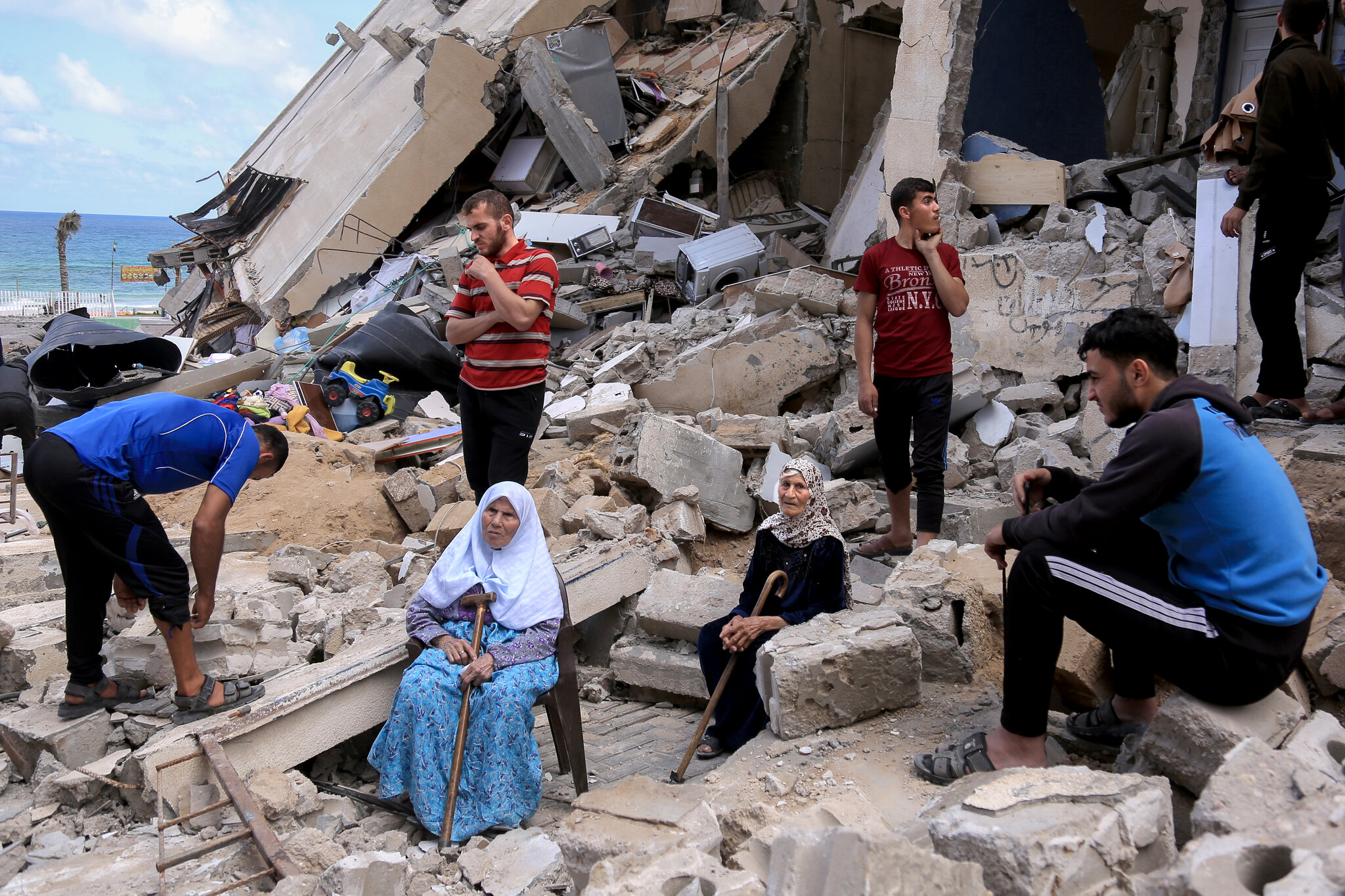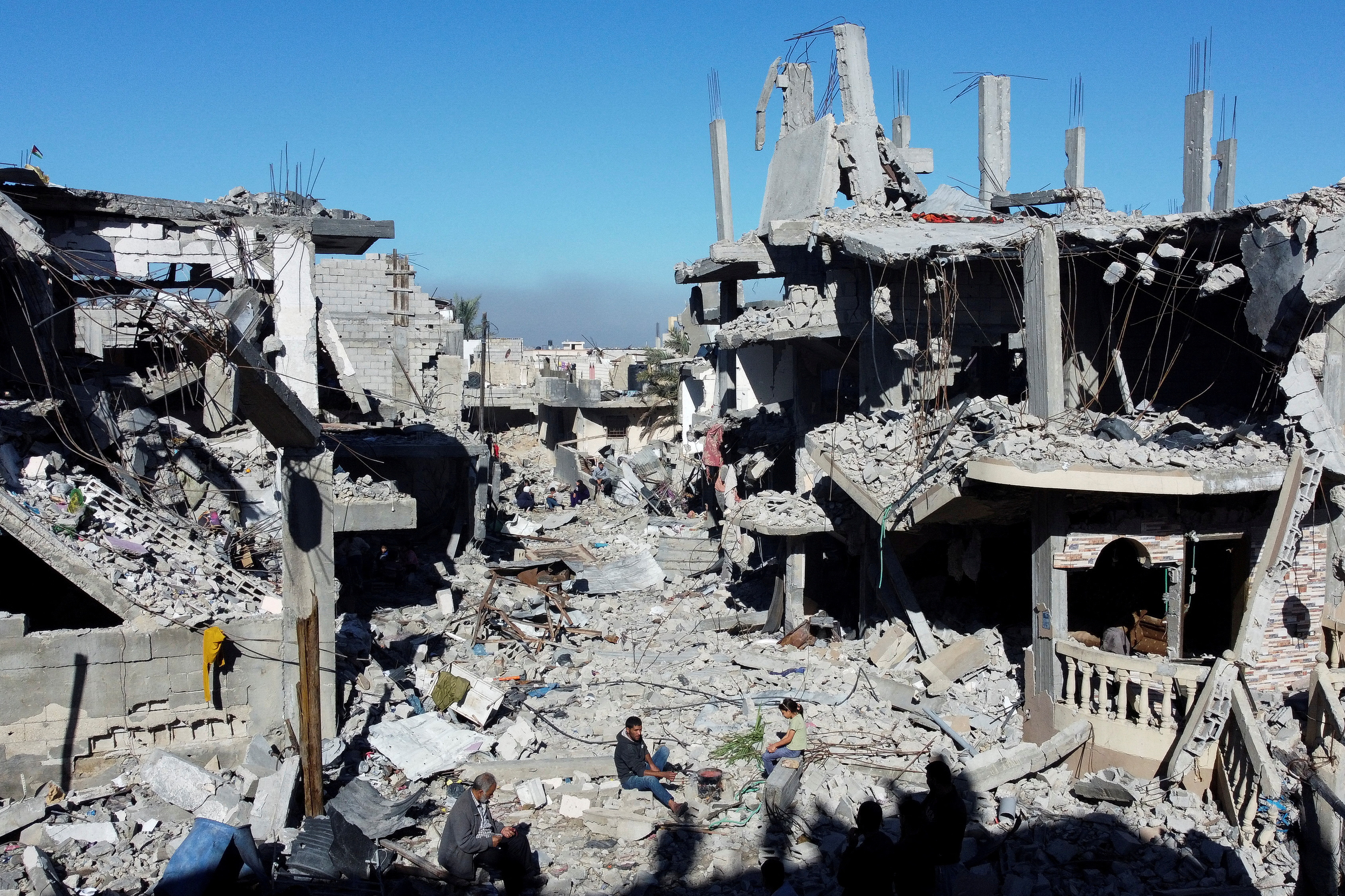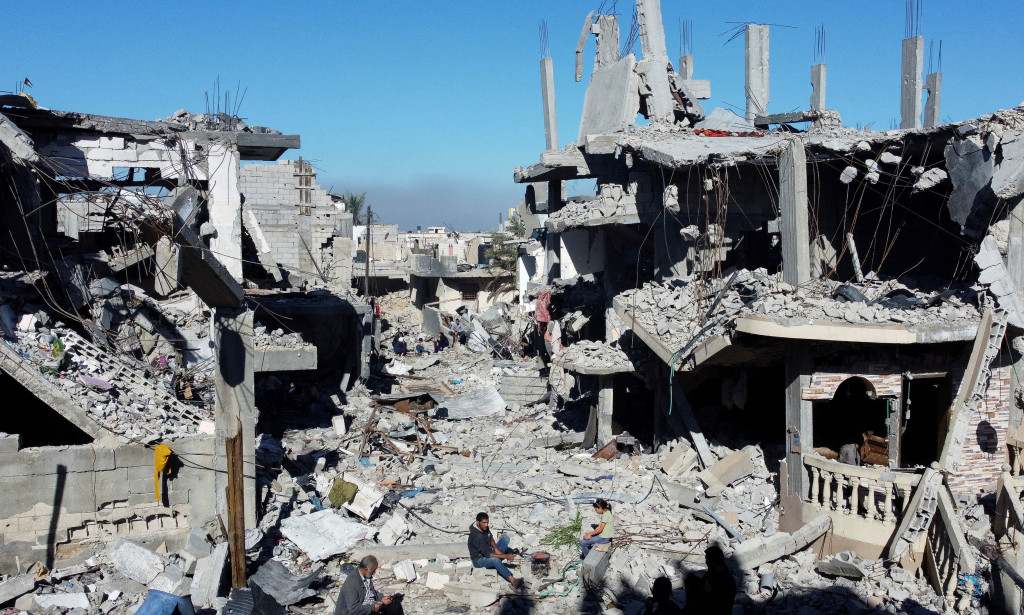 Introduction:
Introduction:
Gaza, a small strip of land on the eastern coast of the Mediterranean Sea, has been at the center of a protracted conflict for decades. Home to nearly two million Palestinians, it has faced significant challenges ranging from economic hardship to violent confrontations with neighboring Israel. As the world continues to monitor the situation in this volatile region, it is crucial to assess the current state of affairs in Gaza.
Historical Context:
To understand the present situation in Gaza, it is essential to delve into its historical context. The roots of the conflict trace back to the mid-20th century, with the establishment of the state of Israel and the displacement of hundreds of thousands of Palestinians. Gaza, along with the West Bank, came under Egyptian control following the Arab-Israeli War of 1948. However, it was occupied by Israel during the Six-Day War in 1967, marking the beginning of Israeli military rule in the territory.

The Israeli occupation of Gaza lasted until 2005 when then-Israeli Prime Minister Ariel Sharon ordered the unilateral withdrawal of Israeli forces and settlers from the territory. However, instead of bringing peace and prosperity, the disengagement led to the rise of Hamas, an Islamist militant group that seized control of Gaza in 2007 after a violent conflict with its rival, Fatah.
Current Humanitarian Crisis:
Today, Gaza is facing a severe humanitarian crisis exacerbated by years of conflict, blockade, and political instability. The enclave is plagued by high unemployment rates, inadequate healthcare, and limited access to basic services such as clean water and electricity. According to the United Nations, over half of Gaza's population is food insecure, and unemployment rates exceed 50%, making it one of the highest in the world.
The situation is further exacerbated by the blockade imposed by Israel and Egypt, which severely restricts the movement of people and goods in and out of Gaza. This blockade, in place since 2007, has crippled Gaza's economy and hindered reconstruction efforts following repeated Israeli military offensives.
Israeli-Palestinian Tensions:
Tensions between Israel and Gaza have remained high, with sporadic outbreaks of violence threatening to escalate into full-blown conflicts. The primary source of contention is the ongoing rocket fire from Gaza into Israeli territory, often met with retaliatory airstrikes by the Israeli military. These cycles of violence have resulted in civilian casualties on both sides and further exacerbate the humanitarian situation in Gaza.
Efforts to Achieve Peace:
International efforts to resolve the Israeli-Palestinian conflict and alleviate the suffering in Gaza have been ongoing for decades but have yielded limited results. The Oslo Accords of the 1990s aimed to establish a framework for peace negotiations between Israel and the Palestinians, leading to the creation of the Palestinian Authority and limited self-governance in parts of the West Bank and Gaza. However, the failure to address core issues such as borders, settlements, and the status of Jerusalem has hindered progress towards a lasting peace agreement.
Recent developments, such as the normalization agreements between Israel and several Arab states, have further complicated the situation, with some viewing them as undermining the Palestinian cause. Additionally, the Biden administration's efforts to revive diplomacy and support a two-state solution face numerous challenges, including domestic political constraints and entrenched mistrust between the parties.
Humanitarian Aid and Reconstruction:
Despite the challenges, efforts are underway to provide humanitarian aid and support reconstruction in Gaza. International organizations such as the United Nations Relief and Works Agency for Palestine Refugees (UNRWA) play a crucial role in delivering essential services and assistance to the population. However, funding shortages and access restrictions continue to hamper their efforts, leaving many Palestinians in desperate need of assistance.
Conclusion:
The situation in Gaza remains precarious, with ongoing violence, political stalemate, and humanitarian suffering continuing to define daily life for its residents. Addressing the root causes of the conflict, including the blockade, occupation, and political divisions, is essential to achieving a durable and just resolution. International support and diplomatic efforts must be intensified to alleviate the suffering of the people of Gaza and advance the prospects for peace in the region.



You must be logged in to post a comment.